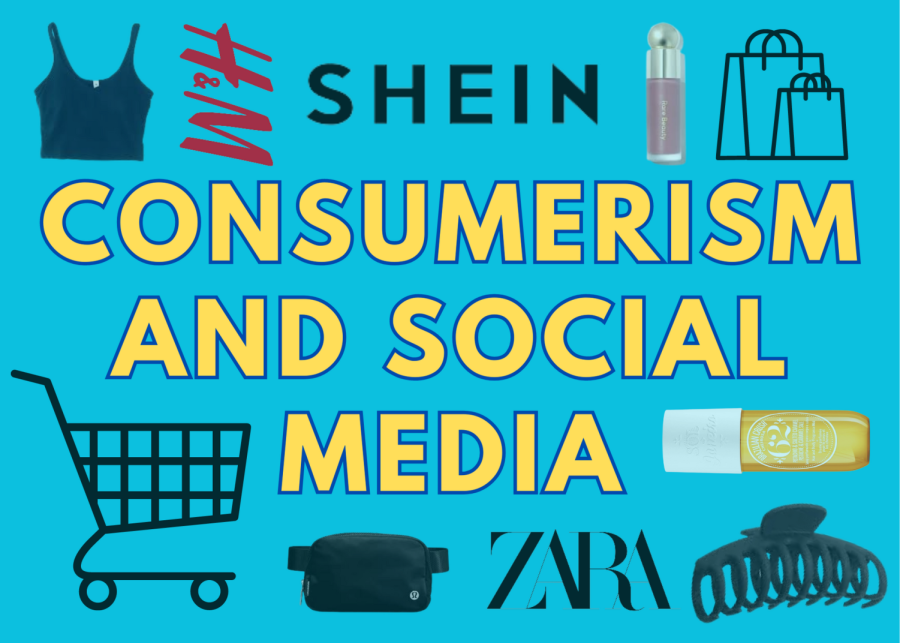
In today’s digital age, the convergence of consumerism and social media has given rise to a new phenomenon known as Coomersu. This fusion of consumer behavior and online interactions has transformed the way individuals perceive and engage with brands, products, and services. In this article, we delve into the intricacies of Coomersu, exploring its definition, significance, characteristics, and implications for both consumers and businesses.
Table of Contents
1. Introduction to Coomersu
Coomersu represents a paradigm shift in the relationship between consumers and the marketplace. It encompasses the intersection of consumerism, characterized by the acquisition of goods and services, and social media, which facilitates online networking and content sharing. This phenomenon has reshaped traditional notions of consumption and transformed the dynamics of the digital landscape.
2. Understanding the Concept of Coomersu
Definition of Coomersu
Coomersu can be defined as the phenomenon wherein individuals engage in excessive consumption driven by social media influence, peer pressure, and online validation. It involves the relentless pursuit of material possessions and experiences to enhance one’s social status and self-esteem.
Origins and Evolution
The concept of Coomersu has its roots in the proliferation of social media platforms and the emergence of influencer culture. As individuals are exposed to curated lifestyles and aspirational content online, they are increasingly compelled to emulate such behaviors, leading to a cycle of conspicuous consumption and social comparison.
3. Importance of Coomersu in Modern Society
Impact on Consumer Behavior
Coomersu exerts a profound influence on consumer behavior, shaping purchasing decisions, brand preferences, and lifestyle choices. The incessant barrage of advertisements, endorsements, and peer recommendations inundating social media platforms perpetuates a culture of consumption and materialism.
Influence on Marketing Strategies
Businesses have capitalized on the phenomenon of Coomersu by leveraging social media as a powerful marketing tool. Influencer collaborations, sponsored content, and targeted advertising campaigns are employed to tap into the aspirations and desires of digitally-savvy consumers.
4. Characteristics of Coomersu
Psychological Aspects
At the core of Coomersu lie deep-seated psychological drivers such as social validation, identity construction, and fear of missing out (FOMO). Individuals seek validation and acceptance from their online peers, leading them to engage in conspicuous consumption as a means of social currency.
Behavioral Patterns
Coomersu is characterized by compulsive shopping behaviors, impulsive purchasing decisions, and a constant quest for novelty and instant gratification. The seamless integration of e-commerce platforms with social media feeds further facilitates impulse buying and consumerism.
5. Examples of Coomersu in Action
Case Studies
Numerous case studies illustrate the pervasive influence of Coomersu across various demographics and consumer segments. From luxury fashion brands to fast-fashion retailers, businesses are tapping into the power of social media to cultivate aspirational lifestyles and drive sales.
6. Challenges and Opportunities
Ethical Considerations
The phenomenon of Coomersu raises ethical concerns regarding consumer vulnerability, environmental sustainability, and societal well-being. Excessive consumption not only contributes to resource depletion and waste generation but also exacerbates social inequalities and financial instability.
Business Implications
Businesses face the challenge of balancing profitability with corporate social responsibility in the age of Coomersu. Adopting sustainable practices, fostering transparent communication, and promoting mindful consumption can help mitigate the negative consequences associated with rampant consumerism.
7. Strategies for Dealing with Coomersu
Ethical Marketing Practices
Companies can adopt ethical marketing practices that prioritize authenticity, transparency, and social responsibility. Building genuine connections with consumers, fostering community engagement, and promoting sustainable products and services are integral to combating Coomersu.
Consumer Education
Empowering consumers with critical thinking skills and media literacy is essential in combating the allure of Coomersu. Educating individuals about the manipulative tactics employed by advertisers and influencers can enable them to make informed decisions and resist excessive consumption.
8. Future Trends in Coomersu
Technological Advancements
Advancements in technology, such as augmented reality (AR) and virtual reality (VR), are poised to redefine the landscape of Coomersu. Interactive shopping experiences, personalized recommendations, and immersive brand storytelling will continue to shape consumer behavior and preferences.
Societal Changes
As societal norms evolve and cultural attitudes shift, the concept of Coomersu may undergo transformations in the coming years. Movements advocating for minimalism, conscious consumerism, and digital detox are gaining momentum, signaling a potential shift towards more sustainable and mindful lifestyles.
9. Conclusion
In conclusion, Coomersu represents a complex interplay between consumerism, social media, and human psychology. While it presents opportunities for businesses to engage with their target audience in innovative ways, it also poses challenges in terms of ethical consumption and societal well-being. By embracing ethical practices, fostering consumer education, and adapting to emerging trends, stakeholders can navigate the nuances of Coomersu and pave the way for a more sustainable and equitable future.





